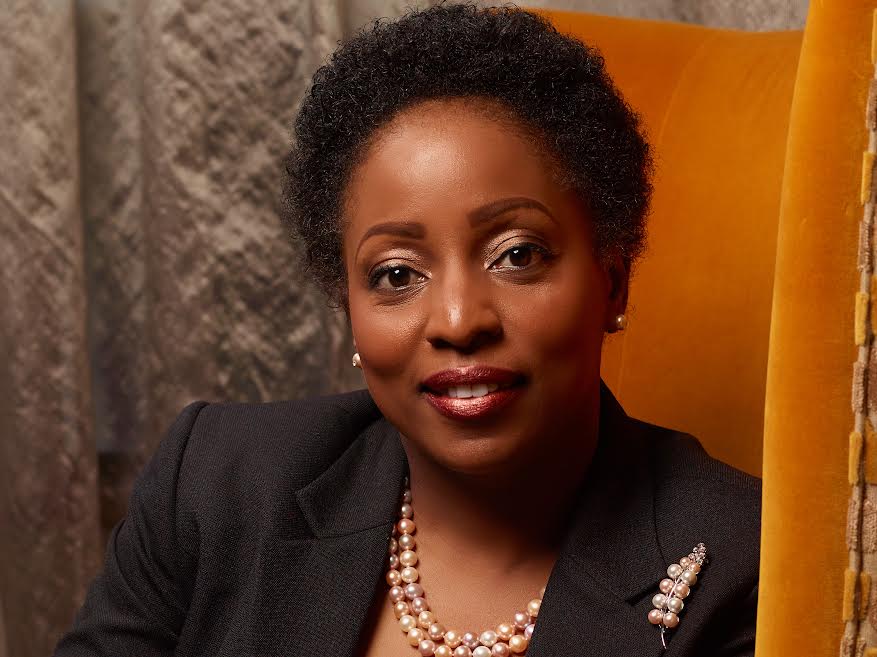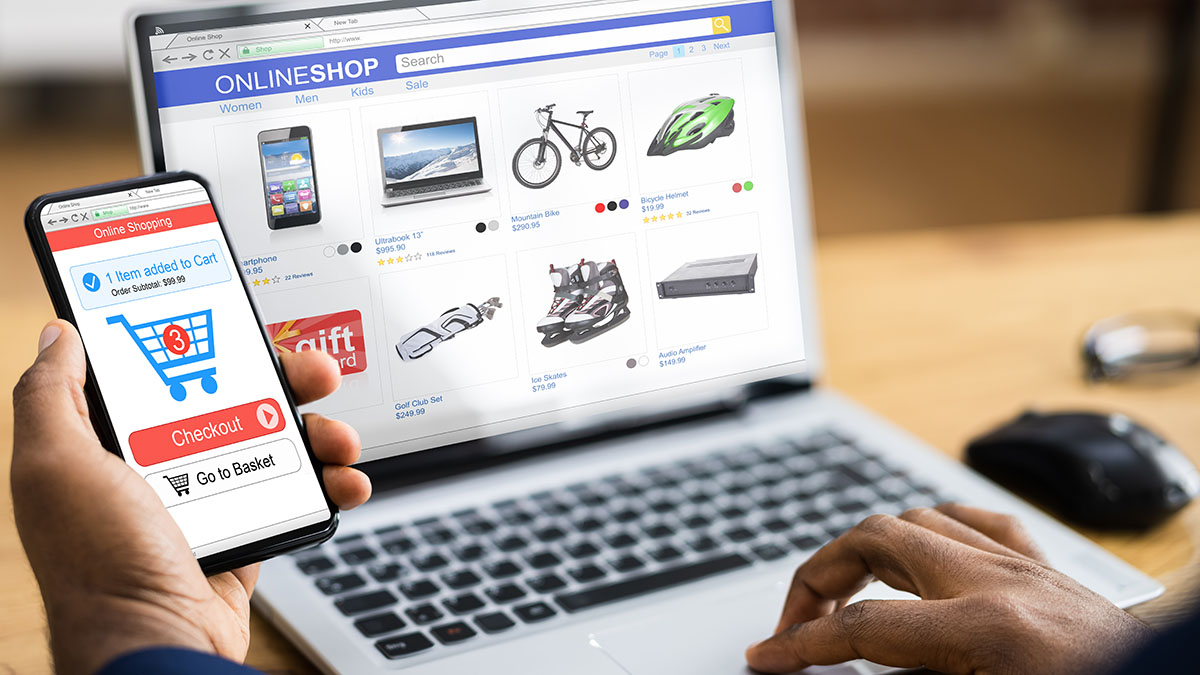Kenya’s Trailblazer Role In Harnessing Technology For Financial Inclusion

By Esther Ngomeli – Chief Operating Officer & Deputy CEO Redhouse Group
During the 24 hours designated as International Women’s Day IWD), and celebrated on March 8, 2023, Kenyans probably transacted a staggering KSh1.2 billion through mobile money.
This year’s IWD was pitched by its promoters as a platform to “recognize contributions of women in Information Technology (IT) and rally the support of all stakeholders in accelerating women’s and girls’ access to smartphones and the Internet.” Its theme was DigitALL: Innovation and technology for gender equality.
One of the most impactful ways of empowering women and improving their livelihoods is by accelerating their adoption of formal financial services. Known as financial inclusion, this ideal means citizens, including women, being able to access all formal financial products and services without any hindrance based on their gender, social, economic, or political considerations.
While informal devices, such as the ubiquitous Kenyan Table Banking and Chamaa (savings groups) are popular tools for achieving financial inclusion for women, formal products and services are preferred because of their anchor on better fiduciary structures and regulation.
Kenya is the most compelling theatre in the world where technology has been successfully harnessed, at scale, to achieve financial inclusion among women and the entire population, and by extension economic empowerment.
According to the FinAccess Survey of 2021, mobile money has played the biggest role in improving financial inclusion in Kenya over the years. Financial inclusion in Kenya currently stands at 84 percent, having grown from 26.7 percent in 2006. This means that out of every 100 Kenyans, at least 84 have access to formal financial services, largely thanks to mobile money.
The story of Kenya’s emergence as the cradle of mobile money, riding the crest of the nexus between banking and mobile telephone technology, starts in 2007 when then Safaricom CEO Michael Joseph, armed with no more than raw ambition, and with no case study to pore over, embarked on the project of commercializing M-PESA. The rest is history. Later, other telcos, namely Telkom (T-kash) and Airtel (Airtel Money) would make forays into mobile money, but Safaricom remains the clear leader, accounting for at least 97 of the mobile money business in Kenya.
Most Kenyans had their first interaction with formal finance, through mobile money. To illustrate, as M-PESA grew from a mobile money transfer service to a full financial services platform offering services such as loans, savings and merchant payments, many leapfrogged to achieve financial inclusion. Inter-operability between mobile and bank accounts just served to close the loop. But in Kenya today, a mobile money consumer if fully financially included.
Numbers eloquently tell a story of phenomenal growth. In the 11 months to November last year, for instance, mobile money transactions grew by 15.2 percent, compared to a similar period in 2021. The amount transacted was on a similar upward skew, growing from KSh6.24 trillion to KSh7.2 trillion over the same period. According to Communication Authority (CA) data, active mobile money accounts doubled from 36 million at the end of October 2017 to 73.1 million at the end of last year.
Even when the Central Bank of Kenya removed charges on bank to mobile money accounts to cushion consumers from the effects of the COVID-19 pandemic, from March 2020 to January 2023, active mobile money users rose by 6.2 million. The number of transactions went up from 162 to 440, valued at KSh234 billion and KSh399 billion, respectively.
The Kenya Bankers Association’s (KBA’s) Kenya Banking Industry Customer Satisfaction Survey 2022 shows that 67.8 percent of consumers preferred mobile banking as a channel in 2022. Preference for human-assisted customer service rose from 12 percent in 2021 to 16 percent last year, as people went back to banking halls after curbs on physical interaction were lifted. Still, digital banking platforms – mobile and internet/online banking, have sustained their primacy as a key pathway to financial inclusion.
There is work to be done to even out the disparities between the two genders when it comes to financial inclusion. FinAccess data shows that the financial inclusion gap between males and females improved from 5.2 percent in 2019 to 4.2 percent in 2021, denoting progress, but the divide obtains. In the KBA survey, men were the dominant respondents at 65 percent.





